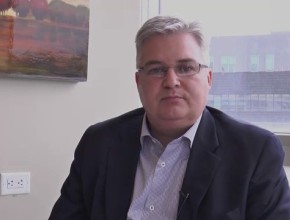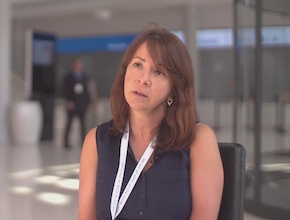References
Devereaux PJ, Sessler DI. Cardiac Complications in Patients Undergoing Major Noncardiac Surgery. N Engl J Med. 2015 Dec 3;373(23):2258-69. doi: 10.1056/NEJMra1502824. Review. PubMed PMID: 26630144.Roman Jaeschke: Welcome to today’s edition of McMaster Perspective. Our guest today is Doctor P.J. Devereaux, whose research shaped perioperative care regarding cardiovascular complications for the last decade. Doctor Devereaux, I wonder if we could start by saying how prevalent is the problem?
P.J. Devereaux: Thank you very much, Roman, for the opportunity to participate in these sessions. Regarding the first question: globally over 200 [million] adults undergo major noncardiac surgery every year. Of these patients, approximately 8 million will suffer a myocardial infarction or important myocardial injury in the first 30 days after their noncardiac surgery. The consequences of this are substantial in that approximately 10% of those patients will end up dying within the 30-day period of suffering their myocardial infarction or myocardial injury.
RJ: Doctor Devereaux, you mentioned that this problem occurs in millions of people per year. Is there any way how we could screen those people prior to operations, so that we could identify who could possibly run into problems? What is your approach to this issue?
PJD: It is important that we offer patients valid assessments of their perioperative risk so they can make an informed decision about the appropriateness of surgery for themselves. Several different tools exist to help us estimate the patient’s risk of perioperative cardiovascular complications. The first includes clinical risk indices; a number have been developed and validated. These models, however, have substantial limitations in that many patients, approximately 40%, that are adults having major noncardiac surgery are relatively immobile because of underlying physical disabilities – they may have a bad knee for which they are having surgery, they may have underlying cardiovascular disease, which limits their mobility, or they may have an underlying cancer, which also creates fatigue and limits mobility. Because of the lack of mobility these patients may have significant underlying cardiovascular disease. However, this may be undetected by asking them about symptoms because they are not stressing themselves enough. Because of this, many researchers have focused on noninvasive cardiac tests, such as stress nuclear studies, stress echocardiography, to see whether or not these tests may allow us to enhance risk prediction. What these tests overwhelmingly show in the largest study, which has assessed noninvasive coronary CT angiography, is that although these tests can improve risk prediction amongst patients who will suffer a major cardiac event in the first 30 days after surgery, they also exaggerate risk in patients who are not going to suffer such an event. The overall net absolute effect is that typically if you do a noninvasive cardiac test in about [1,000] patients prior to noncardiac surgery, you will exaggerate the risk in over 80 patients, and that is the overall net effect. Given that these tests cost anywhere from a total of $500 to $1,000 and their net effect is to exaggerate risk more commonly than appropriately enhance risk prediction, we would recommend that this is no longer a very appropriate use of our healthcare resources.
What has emerged throughout the last several years as a much more appropriate marker to enhance risk prediction is preoperative N-terminal pro-B-type natriuretic peptide (NT-proBNP) measurements. These tests can be done with point-of-care in the preoperative clinic, similar to glucometer tests, within a few minutes you can have the NT-proBNP result; this can be done quite cheaply, typically ranging from a cost of $15 to $20. In contrast, the cost of the noninvasive cardiac test is in the range of $500 to $1,000. The preoperative NT-proBNP not only improves risk prediction in patients who are going to have an event – it also improves risk prediction amongst patients who are not going to have an event. The overall net absolute effect is that if we use this test in 1,000 patients prior to noncardiac surgery, you can expect that about 150 patients will be put in a more appropriate risk category. We see this as a very important tool to help improve out risk prediction. It also potentially can be considered for a tool to decide who needs consults, because the test is cheaper than consults for internal medicine or cardiology.
 English
English
 Español
Español
 українська
українська






